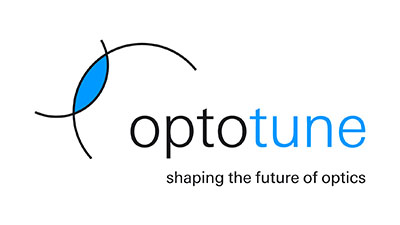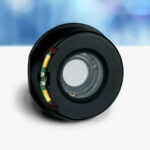
A pioneer in adaptive optics, Optotune has developed and patented a technology enabling a range of fast, electrically or manually tuned optical devices.
Adaptive polymer based optics provides a smart, low cost, high quality alternative to traditional optics, as soft polymer-based materials are used to overcome the limits of hard glass and plastic components.
Applications include machine vision, lighting, laser processing, ophthalmology, microscopy and laser projection.
Optotune’s patented technology enables a series of adaptive optical elements to imitate the principle of the human eye. These optical components are deformed by so-called artificial muscles (electroactive polymers, or EAPs). This tunability provides an additional degree of freedom, allowing significant simplification of many existing optical systems.
Continuously adjustable focus tunable lenses facilitate optical zoom and autofocus for cameras of any size with no moving parts. This minimizes the size, weight and power consumption while offering better robustness.
Focus Tunable Lenses
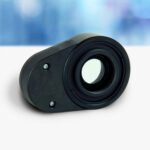
A change in lens radius of several micrometers can have the same optical effect as moving the entire lens several centimeters. By using focus variable lenses, optical systems can thus be designed to be more compact, often with fewer lenses, and usually with less or no translational movement meaning no more need for expensive mechanical actuators.
Less movement also leads to a more robust design, which can be completely closed so that no dust can enter.
Laser Speckle Reducers
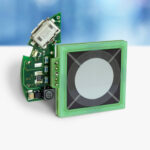
Optotune’s LSR series of transmissive laser speckle reducers allows significant speckle reduction in laser systems. Local interferences are removed by dynamically diffusing the coherent beam.
Optotune’s laser speckle reducers are essentially moving diffusers with a unique method of actuation. Two innovative technologies are offered, Electro-active polymer LSR and Reluctance force LSR, each with its own advantages.
Optotune’s laser speckle reducer is the ideal choice for application in laser projection displays, beam homogenizers, metrology, microscopy, interferometry and lithography.
Beam Steering and Beam Shifting
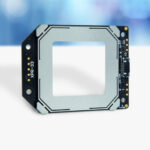
Optotune provides innovative beam steering technology for applications requiring large angular deflection. Optotune 2D beam steering solutions can be used in reflection mode (2D mirror) or in transmission mode (tunable prism).
Optotune’s XPR®-25 is an Extended Pixel Resolution 4-position Actuator. With a clear aperture of about 25mm it is designed for use with Texas Instrument’s 0.47” DMD ECD and Pico chipset.
Main features:
- High angular position accuracy of typically +/-8%
- Fast transition times of typically 1.2 to 1.3ms
- Low acoustic noise of typically 21dBA
- Fully pre-calibrated at 50 & 60Hz for temperatures up to 75°C
Working principle:
The pixel shifting principle is that of tilting a glass window. The XPR®-25 tilts a glass window in two axes to reach four distinct positions. As a result each pixel is projected to four locations. The result is a high-quality 4K display.

